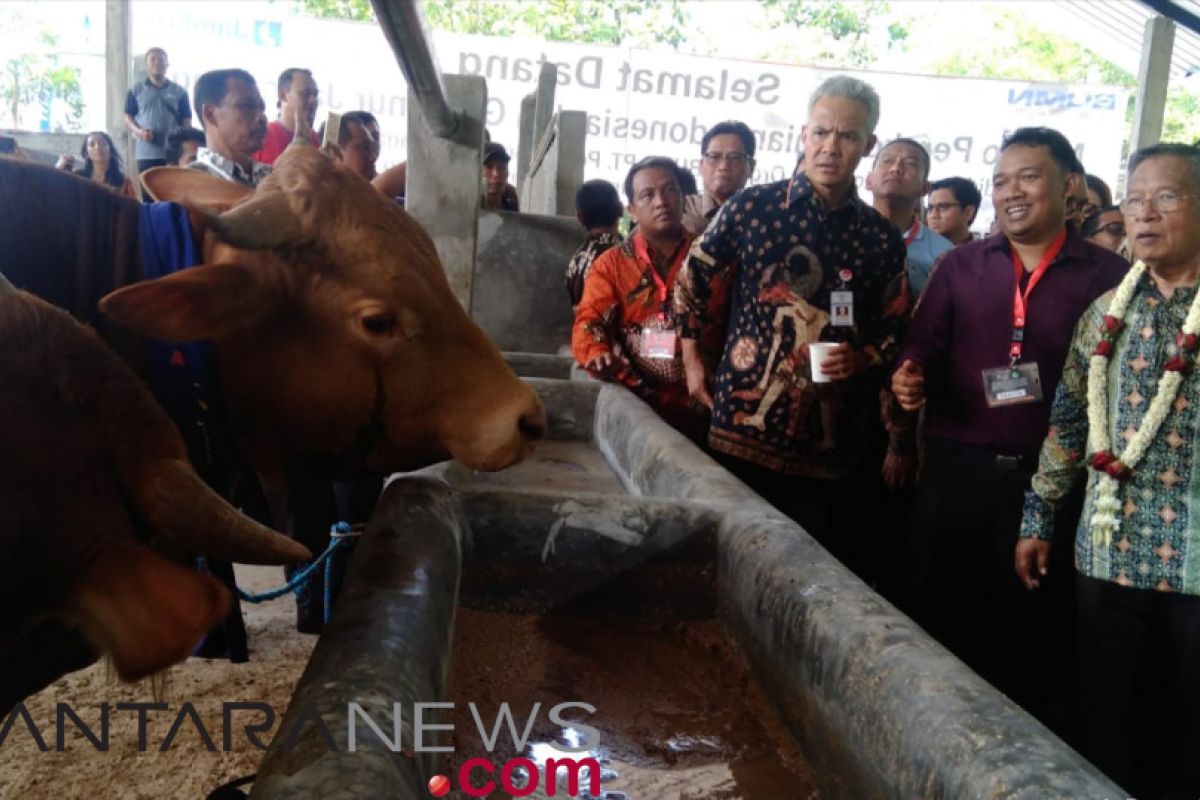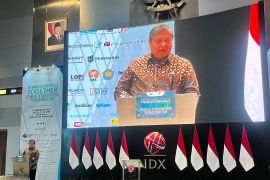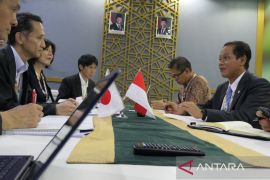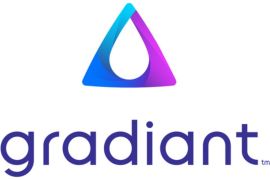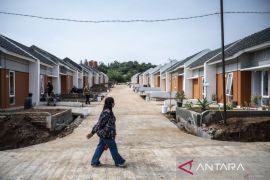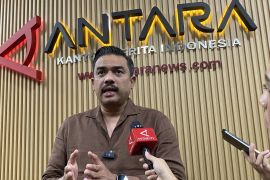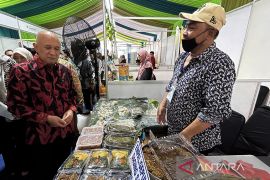The amount of KUR credit allocation this year is set at Rp123.631 trillion. Until last October, a total of Rp113 trillion had been channeled to recipients and it was expected that by the end of the year, the amount of KUR would reach Rp120 trillion. Next year, the government hopes that it would channel credit amounting to Rp140 trillion to small businesses.
"We are sure that until the end of this year, KUR provision will reach Rp120 trillion and next year it is estimated to increase to Rp140 trillion," Chief Economic Minister Darmin Nasuton said during the launch of the Special KUR for People`s Livestock in Kebon Agung Village, Sidoharjo, Wonogiri District, Central Java, on Thursday (November 6).
At the event, which was also attended by the Governor of Central Java, Ganjar Pranowo, Nasution said that currently, the KUR offered is more extensive as compared to when it was first launched in 2007.
Initially, KUR in the agricultural sector was only for food crops and horticulture, but it is now being extended to livestock and plantations.
In addition, he continued, interest rates of the KUR credit since 2015 have now decreased from 12 percent to 9 percent and since January 1, 2018, the interest rate was again reduced to 7 percent.
On the occasion, Nasution revealed that the size of KUR for the production sector in the future will be enlarged, which is currently set at only 40 percent of the distribution ceiling. Later, it will be 50 percent and even 60 percent, while the rest will be for the trade sector.
Some 60 percent of the subsidized KUR in 2019 will be allocated to the production sector. "We are targeting 60 percent for the production sector," Nasution had remarked at an award ceremony for the KUR program stakeholders in Jakarta last month (November 22).
Nasution noted that allocation for the production sector in 2019 had increased from 50 percent set in 2018.
The government has increased KUR allocation for the production sector in an effort to encourage economic activities in various regions.
KUR for the production sector is credit for business groups managed jointly in the form of clusters with business partners for plantation, livestock, and fisheries commodities.
According to Nasution, for business groups with plantation commodities, KUR is expected to be able to encourage the productivity of palm oil, rubber, and coconut, which are Indonesia`s mainstay products.
Since it was first launched by the Coordinating Ministry for Economic Affairs in 2007, the KUR program has developed and evolved year on year as a form of government adaptation to people`s needs and national economic conditions.
Until 2017-2018, the Coordinating Ministry for Economic Affairs together with related ministries/institution (K/L) once again issued a new policy on low-interest KUR credit and Tourism KUR to expand access to funding for the community.
The Coordinating Ministry for Economic Affairs set a new KUR policy in accordance with the Coordinating Minister for Economic Affairs Regulation Number 11 of 2017, effective from January 1, 2018.
In this new policy, the government set the KUR with an interest rate of seven percent per year and a subsidy scheme that varies for each KUR category in the range of 5.5 percent-14 percent.
Meanwhile, the total KUR distribution ceiling in 2018 reached Rp123,631 trillion, which is channeled to various productive sectors, such as agriculture, forestry, fisheries, processing industries, trade, construction, and services.
This policy was carried out with the support of 14 central and regional government agencies, 43 distributors, 11 guarantor agencies and two supervisory agencies.
The government is also developing the Tourism KUR program, which was released on September 20, 2018, to encourage the performance of the tourism sector, which dominates 50 percent of Indonesia`s total service exports. KUR tourism was developed in 10 locations of Priority Tourism Destinations (DPP) and 88 National Tourism Strategic Areas (KSPN) for 12 business fields.
Regarding business groups with livestock commodities in the production sector, this special loan assistance is expected to help fatten cattle and chickens and provide a solution to the problem of food security.
Nasution said that the KUR program had, so far, continued to experience changes in schemes and regulations to encourage the participation and involvement of micro, small, and medium enterprises.
The government had reduced the KUR interest rates every year. Until 2018, it was set at seven percent, compared to nine percent in 2017 and 12 percent during the 2015-2016 period.
During the 2015-2018 period, the distribution of KUR covered 3,258,016 micro, small, and medium businesses, with a ceiling reaching Rp317 trillion.
The performance of KUR distribution was also followed by the maintenance of credit quality, reflected in the low level of non-performing loans that up to 2018 were recorded at 1.24 percent.
According to the Deputy for Financing Section of the Ministry of Cooperatives, Braman Setyo Setyo, some 81 percent of the KUR loans were distributed to micro businesses and 18 percent to retail businesses. They were distributed by 38 financing institutions, including 33 banks, four non-bank financial institutions and one cooperative.
Editing by Suharto
Reporter: Andi Abdussalam
Editor: Andi Abdussalam
Copyright © ANTARA 2018
